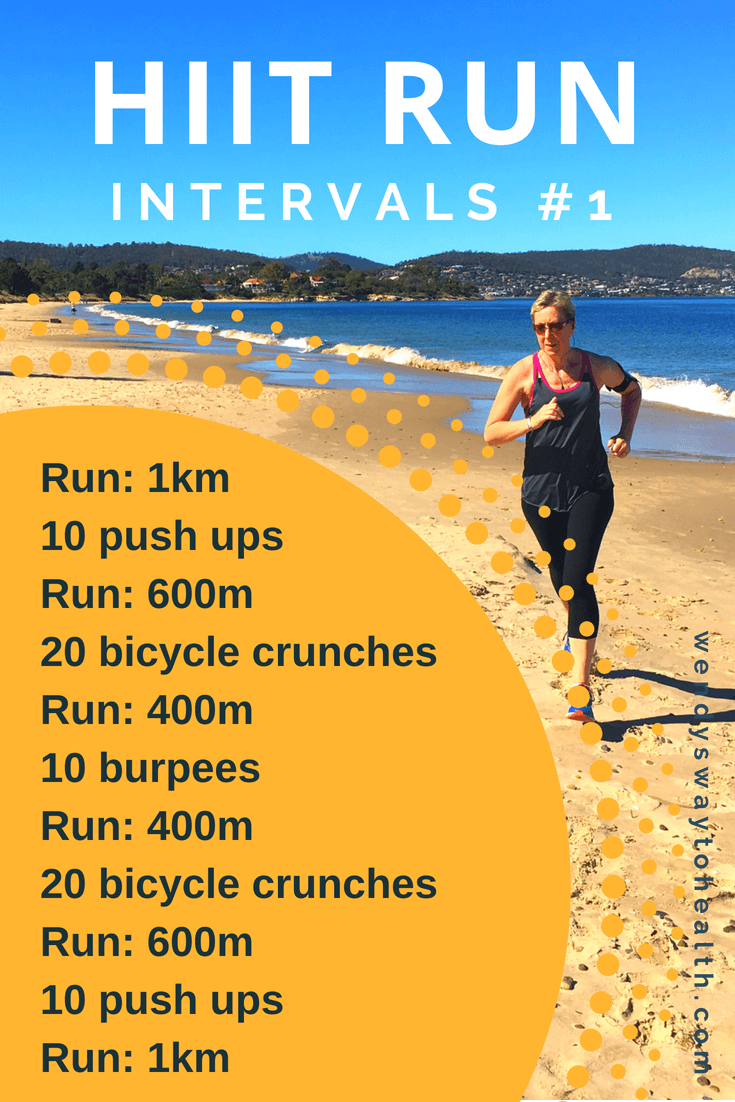Dominate Your Runs: Proven Strategies for Effective Running Workout
Dominate Your Runs: Proven Strategies for Effective Running Workout
Blog Article
Overcoming Pain in Operating: Approaches and Strategies That Job
Discomfort is an usual friend for several joggers, often serving as a barrier to achieving their desired goals. However, with the right strategies and techniques, it is possible to overcome and also protect against the pain linked with running. By discovering numerous techniques such as comprehending the different kinds of running discomfort, enhancing footwear and kind, integrating cross-training and strength workouts, applying reliable recovery approaches, and preserving correct nutrition and hydration, joggers can possibly ease their pain and improve their general running experience.
Comprehending Various Kinds Of Running Pain

One more kind of running discomfort is joint discomfort, which can manifest as a sharp or achy pain in locations such as the knees, hips, or ankle joints (running workout). Joint pain may be brought on by variables like improper running type, overuse, or underlying problems like joint inflammation (more info here). It is necessary to set apart between muscle mass discomfort and joint discomfort, as the latter might need medical interest to avoid more injury
Comprehending the various types of running pain is essential for reliable monitoring and prevention techniques to guarantee a risk-free and pleasurable running experience.
Proper Footwear and Running Form
To optimize efficiency and decrease the threat of running-related injuries, choosing appropriate shoes and maintaining correct running form are essential elements for runners of all degrees. It is recommended to select running shoes that are particularly designed for the person's foot type, running gait, and the kind of running activity they involve in.

Cross-Training and Stamina Workouts
Participating in cross-training and including toughness workouts right into a running routine can considerably improve total performance and decrease the chance of injuries. Cross-training, such as biking or swimming, assists improve cardiovascular physical fitness while giving running muscle mass a break from repetitive impact. It likewise aids reinforce various muscle teams, leading to better overall body conditioning. Toughness exercises, like squats, lunges, and core workouts, play an important function in stabilizing muscle mass and enhancing running performance. They can fix muscle inequalities, enhance dexterity, and enhance power result, every one of which are essential for running performance.
Integrating cross-training and strength exercises right into a running regimen should be done purposefully. It is necessary to enable for adequate remainder between running sessions and cross-training activities to avoid overuse injuries. In addition, concentrating on appropriate type and method during strength exercises is vital to optimizing their benefits and reducing the risk of injury. By integrating these components into a running routine, runners can develop a stronger structure, improve efficiency, and delight in an extra sustainable running experience.
Recovery and Relax Strategies
Having established the relevance of cross-training and stamina exercises in a thorough running routine, interest can currently be directed in the direction of Recuperation and Rest Strategies as important components for maximizing efficiency and minimizing the danger of injuries. (running workout)
Recovery after running is crucial for muscle repair service and growth. Techniques such as foam rolling, stretching, and massage aid in reducing muscle pain and boosting flexibility. Sufficient remainder in between runs enables the body to recoup and adapt to the physical tension, preventing overuse injuries.
Incorporating energetic healing days right into a training routine, where low-intensity tasks like walking or cycling are executed, can improve blood circulation and advertise recovery without placing excess stress on the muscles. Additionally, proper hydration and nourishment play a crucial function in the healing procedure by renewing shed fluids and nutrients.
Quality rest is another vital facet of recuperation that should not be neglected. During sleep, the body click for info goes through repair service and regeneration processes, adding to general physical and psychological well-being. By prioritizing recuperation and rest methods, joggers can maintain optimum efficiency degrees and decrease the possibility of experiencing discomfort or injuries.
Nutrition and Hydration for Runners
Just how can joggers optimize their performance with proper nourishment and hydration practices? Nourishment and hydration are vital facets of a jogger's training regimen, playing an important duty in efficiency, endurance, and recuperation. To boost performance, runners should focus on consuming a healthy diet plan that consists of carbohydrates, healthy proteins, healthy and balanced fats, vitamins, and minerals. Carbs supply power for running, while healthy proteins aid in muscular tissue repair work and recovery. Healthy and balanced fats support total health and assistance in absorbing vital nutrients. Ample hydration is additionally necessary to maintain optimum efficiency, as even mild dehydration can negatively affect running efficiency. Joggers must drink water prior to, during, and after their runs to remain hydrated. Electrolytes, such as salt and potassium, are also vital for keeping liquid equilibrium and muscular tissue function - running workout. Furthermore, timing dishes and treats properly before runs can assist stop intestinal pain and offer the necessary energy for peak performance. By taking notice of their nourishment and hydration, joggers can enhance their endurance, speed up recuperation, and execute at their best.
Conclusion
In verdict, by recognizing the numerous kinds of running pain, using appropriate footwear, keeping right running type, integrating cross-training and strength workouts, prioritizing recuperation and remainder, and focusing on nutrition and hydration, joggers can efficiently overcome pain and enhance their performance. Applying these methods and techniques can assist joggers avoid injuries, enhance their endurance, and inevitably take pleasure in a more meeting running experience.
Report this page